DROPS Safran
Egyptian combed cotton in every colour!
from:
1.39€
per 50 g
Content: 100% Cotton
Yarn Group:
A (23 - 26 stitches)
/ 5 ply / sport
Weight/length: 50 g = approx 160 m
Recommended needle size: 3 mm
Knitting tension: 10 x 10 cm = 24 sts x 32 rows
Care: Machine wash on gentle cycle 40°C / Dry Flat
Made in: EU
Raw material origin: Cotton from Egypt
This yarn has an Oeko-Tex® certification (certificate number 09.HBG.68250), Standard 100, Class I from the Hohenstein Institute. This means that is has been tested for harmful substances and is considered safe in human-ecological terms. Class I is the highest level, and it means the yarn is suitable for baby articles (ages 0-3).
DROPS Safran is spun from combed, long, Egyptian cotton fibers that are twisted together in pairs, before being twisted together again. This method results in extra durable garments with great surface properties!
DROPS Safran has been on the market for many years and it's a very popular choice because of its shine, softness and many beautiful colors. The yarn can be used in projects for all ages, specially summer wear, baby clothes and accessories. Have you tried it yet?
Read more about our products' sustainability here
Please be aware that the colours shown may vary from screen to screen in the same way that shades may vary slightly from dye lot to dye lot.
How do I care for this yarn?

Machine wash on gentle cycle 40°C / Dry Flat
Here are some guidelines to wash your cotton garment, but please note that cotton has the tendency to shrink in the wash, so make sure you measure the garment before washing, in order to shape it correctly after the wash:
- Machine wash - separately - using a gentle cycle program at 40ºC and wool detergent without enzymes or optical brighteners.
- NEVER leave the garment to soak/wet in the washing machine for a long period of time.
- To dry the garment, shape it and lay it flat - do not hang - ideally on a warm bathroom floor or on top of a drying rack in a room with good air circulation. Never dry the garment in direct sunlight.
- Don’t tumble dry.
- Unevenness in the garment will even out after washing or steam ironing lightly.
- Never iron the garment directly. Use always a damp cloth between your steaming iron or regular iron and the garment.
Note: If you are washing a project made with this yarn combined with another, the general guideline is to follow the washing instructions for the most delicate of the yarns you are working with.
Do you have a question about this yarn?
See a list of frequently asked questions (FAQ) about our yarns.
1) What type of fibers make the DROPS yarns?
Yarn can be made from a large number of natural and synthetic fibers. DROPS carries mainly yarns made from wool, cotton, alpaca, linen, mohair and silk. Each fiber type has its own qualities, and they are often mixed to take advantage of the best properties of each one. Coarse yarn has the advantage of being stronger and more durable, and finer fibers offer more softness and comfort. Here a bit about the main fibers we carry:
Alpaca:
Alpaca fleece is the natural fiber harvested from an alpaca, and it is similar in structure to sheep wool fiber. Its softness comes from the small diameter of the fiber, similar to merino wool. It is a soft, durable, luxurious and silky natural fiber. Yarn made from alpaca fibers does not felt or pill easily, and it can be light or heavy in weight, depending on how it is spun. While similar to sheep’s wool, it is warmer, not prickly, and has no lanolin, which makes it hypoallergenic. Alpacas come in 22 natural colors, with more than 300 shades from a true-blue black through browns-black, browns, white, silver and rose-greys.
Mohair:
This fiber comes from the Angora goats, and it's considered a luxury fiber. Mohair yarn is warm as wool, but much lighter in weight; it is durable, dyes well and does not felt easily. Mohair fibers have also a distinctive luster created by the way they reflect light. Despite being a hard fiber, mohair is usually spun into a very fluffy yarn, resulting in airy and lustrous garments.
Wool:
The wool fibers come from the skin of sheep and are relatively coarse fibers. Two striking characteristics of wool are its susceptibility to heat and its felting property, which is caused by the scales on the surface. Depending upon the breed of sheep, the appearance of the wool varies.
Wool from Merino sheep is considered the finest type of wool, having as characteristics that is finely crimped and soft. All the Merino wool in the DROPS yarns has its origins in South America, coming from sheep that have not been subject to Mulesing.
Pure new wool is wool made directly from animal fleece, and not recycled from existing wool garments.
Machine washable wool is wool treated chemically to minimize the outer fuzzy layer of the fibers, and be therefore fitable for machine wash (see Superwash).
Silk:
The silk fiber is a fine continuous fiber produced from the cocoon of a moth caterpillar known as the silkworm. While silkworm is cultivated, the wild or tussah silk is obtained from uncultivated silkworm cocoons. Silk fiber is one of the strongest natural fibers and makes a wonderful knitting yarn. It blends really well with other fibers, especially wool. Silk also dyes beautifully with natural dyes.
Vegetable fibers:
There are several varieties of vegetable fibers, found in the cell walls of plants or vegetables. Of all the varieties, two are recognized as major knitted or textile fibers. They are cotton and linen.
Cotton is the fiber surrounding the seeds in a cotton pod, and it is almost pure cellulose. Cotton is usually white in color but there are green and brown varieties as well. The cotton fiber is most often spun into yarn or thread and used to make a soft, breathable textile that is good for summer clothing and accessories, making a weaker yarn than silk or linen but stronger than wool.
Mercerized cotton is cotton that has been through a mercerization treatment. This treatment gives cotton fabrics and threads a lustrous yarn that is more lustrous than conventional cotton. It is also stronger, takes dye a little more readily, makes the yarn more resistant to mildew and reduces lint. It also may not shrink or lose its shape as much as "regular" cotton.
Linen is a fiber derived from the stalk of the flax plant that is durable and stronger than any other fiber. The linen fiber is relatively soft, straight and lustrous and becomes more beautiful with age. Linen is more comfortable to wear in hot temperatures than cotton, due to the fact that it absorbs moisture better and dries more quickly.
Other materials used in our yarns include synthetic fibers such as acrylic, viscose, polyamide (nylon) and polyester. These fibers are used mostly to give strength to a yarn (like our sock yarn, DROPS Fabel) or a special kind of structure (like our blown yarn, DROPS Air).
The polyamide fibre, commonly known as nylon, is very strong, durable, lightweight, easy to care for (can be machine washed and dried), and elastic, which makes it perfect for blending with other fibres to produce hard-wearing yarns like sock yarn.
Compared to polyester, polyamide is softer and more flexible, but it also absorbs more water and dries slower.
3) What type of information can I find on the DROPS yarn labels?
All DROPS yarn labels include information about fiber content (wool, cotton, etc.), weight in grams and ounces, length in meters and yards, washing instructions and symbols (explained here), color number, dye lot number and yarn group information.
4) What are the DROPS yarn groups?
All DROPS yarns are classified into 6 different thickness groups (A to F). Yarns in a same group have similar knitting tension/gauge, and can therefore be interchanged in patterns; however the length may be different, so when substituting always calculate the amount of meters/yards needed for the pattern to know the amount of yarn you need to get.
5) Can I use a different yarn than the one mentioned in the pattern?
Yes, as long as the yarn can be worked in the same knitting tension/gauge. Always swatch to make sure you get the same number of stitches in width and rows in height as given in the pattern.
Remember that different yarns with different textures, will give the garment different looks. The yardage/length may also be different, so when substituting always calculate the number of yards needed, in order to know the amount of yarn you need.
Read more about how to calculate the amount of an alternative yarn - and how to replace 1 thread of a yarn with 2 or more of another, here.
6) What does it mean when a yarn is “Superwash”?
A superwash wool is a special wool product that has been treated or processed in a way that allows it to be machine washable. Many people are afraid to work with wool because it is so easy to shrink (though some shrink wool on purpose) and superwash wool can allow them to work with great fibers without worry. (Read more here).
7) What does “Oeko-Tex® certified” means?
The Oeko-Tex® Standard 100 was introduced at the beginning of the 1990s as a response to the needs of the general public for textiles which posed no risk to health. The Oeko-Tex® Standard 100 is a globally uniform testing and certification system for textile raw materials, intermediate and end products at all stages of production. The test for harmful substances comprise substances which are prohibited or regulated by law, chemicals which are known to be harmful to health, and parameters which are included as a precautionary measure to safeguard health.
For more info go to www.oeko-tex.com
10) How accurate are the colours on the shade cards online?
When obtaining images for the shade card, we do our best to achieve the highest level of color accuracy. Unfortunately, we cannot guarantee how images will appear on your computer screen. Every monitor displays color differently, some colors might look darker than they really are, and some colors might be more saturated on some screens. If you experience that many of the yarn colors looks different on your screen than the actual color of the skeins, you can adjust the setting on your monitor.
11) What is a micron? What does super fine / extra fine mean?
The fineness of yarn fibers is measured in microns (thousands of millimeters). Super fine alpaca wool is 26-28 microns. Fine merino wool is less than 21.5 microns and extra fine merino is under 19.5 microns. The less microns the softer and more delicate a quality can be, the more microns the more hard wear the quality will be.
The reason why the microns in a yarn’s fibers are important is that the yarn will eventually become something else, and how delicate or coarse a yarn is will determine in part what we use it for. That’s why we recommend the softest yarns (like DROPS Baby Merino) for baby clothing, or why we choose to use a more hard wear yarn like DROPS Snow, for a seating pad or slipper.
12) Why are the colours in my skeins of print yarn different?
The reason why two skeins of a same print yarn look different can be 1) that both skeins are part of different dye lots; 2) that the skeins have been dyed using a technique called "magic print" (the one used for example in DROPS Delight), which provides unique patterns and smooth colour transitions to each skein, meaning also that within one dye lot, lighter or darker varieties might appear. This is no fault or defect, but part of the yarn's character.
13) My store doesn’t have the colour I want, what can I do?
If your DROPS store doesn’t have the yarn colour you want, try contacting a DROPS Super Store (the ones with the golden badges) - they will make sure to get a hold of the colour even if they don’t have it in stock themselves. See a list of all DROPS stores here.
14) Where can I find a specific dye lot of a colour?
Always try contacting your DROPS store first. If they do not have the dye lot you want we recommend you to ask other knitters and crocheters in the DROPS Workshop in Facebook or Ravelry, which may have the dye lot in their stash and might be willing to part from it.
Yarn sheds because there's not enough twist to hold all of the fibers together. All yarns have excess fibers (from production) that might come off as lint or shedding, in varied degrees that depend on how the yarn is spun. Brushed yarns ("hairier" yarns) like DROPS Melody, have more of these loose fibers than other yarns, and therefore shed more. Shedding also depends on what is worn under or over the garment, and whether this pulls at the yarn fibers. It’s therefore not possible to guarantee that there will be no shedding.
Below are some tips on how to get the best result when working with hairier yarns:
- When the garment is finished (before you wash it) shake it vigorously so the looser hairs come off. NOTE: do NOT use a lint roller, brush or any method that pulls at the yarn.
- Place the garment in a plastic bag and put it in your freezer - the temperature will cause the fibers to become less attached to each other, and excess fibers will come off easier. Leave in the freezer for a few hours before taking it out and shaking it again.
- Wash the garment according to the instructions on the yarn label. Garments worked with hairier yarns usually need to be shaken once dry after washing, so that the hairs rise and any excess fibers can come off.
Pilling is a natural process that happens to even the most exclusive of fibers. It's a natural sign of wear and tear that is hard to avoid, and that is most visible in high friction areas of your garment like a sweater's arms and cuffs.
You can make your garment look as new by removing the pilling, using a fabric comb or a pill/lint remover.
How can I replace this yarn?
If you are looking to replace this yarn with another DROPS yarn, you can use another yarn within the same yarn group, or try our yarn converter!
Other yarns in Yarn Group A
Read more about replacing yarn.Have a problem with the DROPS yarn you purchased?
When you purchase yarn from the shade cards or patterns on our site, you are not buying directly from DROPS but from one of the hundreds of DROPS stores around the world. It is therefore important that you take contact with the DROPS store where you bought the yarn, and that you save the labels of all the skeins you purchased (they are your warranty).
The DROPS store you contact will assist you and escalate the claim if necessary. Find a list of DROPS stores here.
Comments / Questions (279)
![]() Lis Skovbo wrote:
Lis Skovbo wrote:
Hej. Jeg har fundet en opskrift på en drengetrøje, der er strikket i Safran Mouline. Desværre kan jeg ikke se denne type garn i jeres sortiment - findes den ikke mere?
30.05.2015 - 21:07DROPS Design answered:
Hej Lis. Nej, den findes ikke mere. Men hvis du klikker paa enten garnkort for Safran Mouline - eller direkte paa fanen "Garnalternativer", saa kan du se hvad du kan bruge i stedet.
01.06.2015 kl. 11:09
![]() Maria wrote:
Maria wrote:
Hej. Kan jeg bruge dette bomuldsgarn til en sommerstrømpe? Jeg ønsker et alternativ til uldblandingen "Strømpegarn". Hilsen Maria
01.04.2015 - 21:18DROPS Design answered:
Hej Maria. Bomuld er mindre elastisk end strömpegarnet. Jeg ville ikke strikke strömper i bomuld, da jeg ikke tror de vil sidde ordentligt.
08.04.2015 kl. 12:43
![]() Iina Tarttanen wrote:
Iina Tarttanen wrote:
Hei! Ostin Drops Safran lankaa useamman kerän, koska halusin virkata langasta virtahevon (Happyhippo). Virkatessani vihreällä 31 langalla huomasin, että langasta on yksi kierre/lanka löysempi kuin muut. Tämä aiheuttaa sen, että virkkaus jälki on suttuista, koska mukana kulkee löysempi kierre. Muut kerät ovat mielestäni tasalaatuisia. Onko tälläinen laadunvaihtelu normaalia?
09.03.2015 - 09:06DROPS Design answered:
Tässä on ilmeisesti sattunut tuotannossa virhe. Normaalisti kaikki säiet ovat yhtä kireästi kierrettyjä.
15.04.2016 kl. 16:05
![]() Elly wrote:
Elly wrote:
Is Drops Safran een glanzend garen? Ik wil er een babytruitje van breien voor een jongen.Een mat garen vind ik mooier. Hij heeft veel last van exceem, dus ik zoek een katoenen garen.
24.01.2015 - 22:15DROPS Design answered:
Hoi Elly. DROPS Safran is geen glanzend garen. Dit garen is heerlijk zacht en heel erg geschikt voor o.a. baby kleertjes. Veel plezier mee.
26.01.2015 kl. 14:45Alison Hermitage wrote:
What weight is Drops Safran equivalent to? I want to knit an Aran type pattern so want Aran weight yarn
04.01.2015 - 11:33DROPS Design answered:
Dear Mrs Hermitage, DROPS Safran is a sport yarn (5ply) - please click here for more informations about our yarns, group and thickness. Happy knitting!
05.01.2015 kl. 10:05
![]() Anita wrote:
Anita wrote:
Kan ik drops safran gebruiken voor een zeemanstrui?
21.08.2014 - 20:39
![]() Garrido Annie wrote:
Garrido Annie wrote:
Bonjour, je souhaiterais commander en ligne mais je n'y parviens pas. Lorsque je clique sur "commander", je tombe soit sur la liste des détaillants, soit sur le nuancier. Que dois-je faire ? Merci pour votre aide, cordialement
05.08.2014 - 10:13DROPS Design answered:
Bonjour Mme Carrido, en cliquant sur "Commander" (en rouge), vous obtenez la liste des détaillants proposant cette qualité, cliquez sur "commander!" en fin de ligne pour accéder à la boutique en ligne du détaillant et passer votre commande. Bon tricot!
08.08.2014 kl. 09:29
![]() Martina Plein wrote:
Martina Plein wrote:
Hallo, ich habe mit dem Garn das Drops Taufkleid gestrickt!Absolut klasse!!!!
30.07.2014 - 11:35
![]() Charlottan wrote:
Charlottan wrote:
Hej, finns det något kvar av den "gamla fina" Safran och isåfall vilka färger? Den nya kvaliteten är långt ifrån lika tunn o fin o framför allt inte lika mjuk, (jättetråkigt att nu bytt leverantör). Tacksam för svar.
20.07.2014 - 19:12
![]() R. Boerhof wrote:
R. Boerhof wrote:
Is dit garen geschikt om een ingewikkelde intarsia deken mee te breien? Of is een wolsoort dan beter.
09.07.2014 - 20:05
![]() Dioni wrote:
Dioni wrote:
Hola, que tipo de lana me aconsejáis para hacer amigurumis, y para jerseys de bebe..Gracias Un saludo
04.07.2014 - 23:55
![]() Aasta Sangolt wrote:
Aasta Sangolt wrote:
Nydelig garn, strikket sammen med Kid silk, blir det flotte lette lekre gensere. Jeg bruker pinner 5,5.
19.02.2014 - 08:34
![]() Laura wrote:
Laura wrote:
Jag har ett nystan Safran som tyvärr är helt övertvinnat (eller vad man ska kalla det). Garnet snurrar in sig självt väldigt mycket; det är jobbigt att sticka med det och jag är rädd att det ska påverka slutprodukten. Har försökt nysta om det, men blir inte helt av med problemet. Har ni något tips? Är detta en engångsföreteelse eller har andra kunder upplevt samma sak? Kan jag förvänta mig samma sak av övriga nystan?
08.12.2013 - 22:47
![]() Marleen wrote:
Marleen wrote:
Heeft iemand wel eens een (baby)kledingstuk gemaakt van dit garen gewassen op 60 graden? Ik wil iets maken voor de baby van een kennisje, maar haar kennende...... Ze is een chaoot met de was. Regelmatig komt er iets veel te klein uit de trommel omdat ze het weer eens te heet heeft gewassen. Heb ook zitten denken aan Drops Paris, maar dat lijkt met toch te grof voor een baby van een paar maanden oud.
05.12.2013 - 23:07
![]() Amélie wrote:
Amélie wrote:
Bonjour, Je découvre votre marque et je trouve vos laines magnifiques. J'aimerai commander du coton pour faire un chèche au crochet, mais j'hésite entre le Muskat et le Safran. Pouvez vous me dire quelles sont les différences entre ces deux cotons? Merci
30.08.2013 - 11:46Drops Design answered:
Bonjour Amélie, DROPS Muskat est un coton égyptien mercerisé, à l'aspect plus brillant. Ces 2 cotons ont des métrages différents pour 50 g, tout dépend aussi du résultat que vous souhaitez. N'hésitez pas à demander conseil à votre magasin DROPS et/ou à consulter les différents modèles de ces 2 qualités. Bon crochet!
30.08.2013 kl. 12:15
![]() Ixa wrote:
Ixa wrote:
Qué calidad de lana me aconsejais para hacer una manta de bebé? Muchas gracias por vuestra web.
29.08.2013 - 14:23
![]() De Winter wrote:
De Winter wrote:
Je suis très contente de cette qualité de coton. J'ai fait un débardeur jaune vif, il est très beau et il n'a pas bougé au lavage.
27.04.2013 - 09:07Julie wrote:
Can someone please tell me if this yarn is equivalent to 'double knitting' (dk) in the uk. Thank you!
18.04.2013 - 21:24Hakfantast answered:
It is a sport weight yarn, so lighter than dk.
21.04.2013 kl. 20:55
![]() Podam wrote:
Podam wrote:
Deilig bomullsgarn. Veldig mykt og ikke blankt og "stivt" som så mange bomullsgarn ofte er. Passer veldig godt til barneklær.
03.10.2012 - 19:23
![]() Dasa wrote:
Dasa wrote:
Very nice
18.05.2012 - 06:55
![]() Lene Ehlert wrote:
Lene Ehlert wrote:
Et rigtig dejligt og let garn, der er perfekt til sommerbluser. Savner dog flere opskrifter på bluser og trøjer, med korte ærmer.
15.05.2012 - 07:46
![]() Frauke Luebs wrote:
Frauke Luebs wrote:
Können Sie mir bitte sagen welche Farben in der Kombination auf dem Foto zu sehen ist. (rosa, braun, oliv) Es ist sehr schwer herauszufinden.
08.05.2012 - 12:36DROPS Deutschland answered:
Es sind die Farben 01, 22 und 26.
08.05.2012 kl. 13:53
![]() DROPS Design NL wrote:
DROPS Design NL wrote:
Hoi. De link is nu gewijzigd.
05.03.2012 - 20:39
![]() Els wrote:
Els wrote:
Over de website: Wanneer ik bij een garensoort (op de Nederlandse site) klik op "bekijk de patronen van Drops Safran" dan krijg ik vervolgens de Duitse patronen!Die link is een tijdje weg geweest, maar daarvoor werkte het wel goed. Kunnen jullie ervoor zorgen dat we daarna de Nederlandse patronen weer krijgen?
02.03.2012 - 08:12






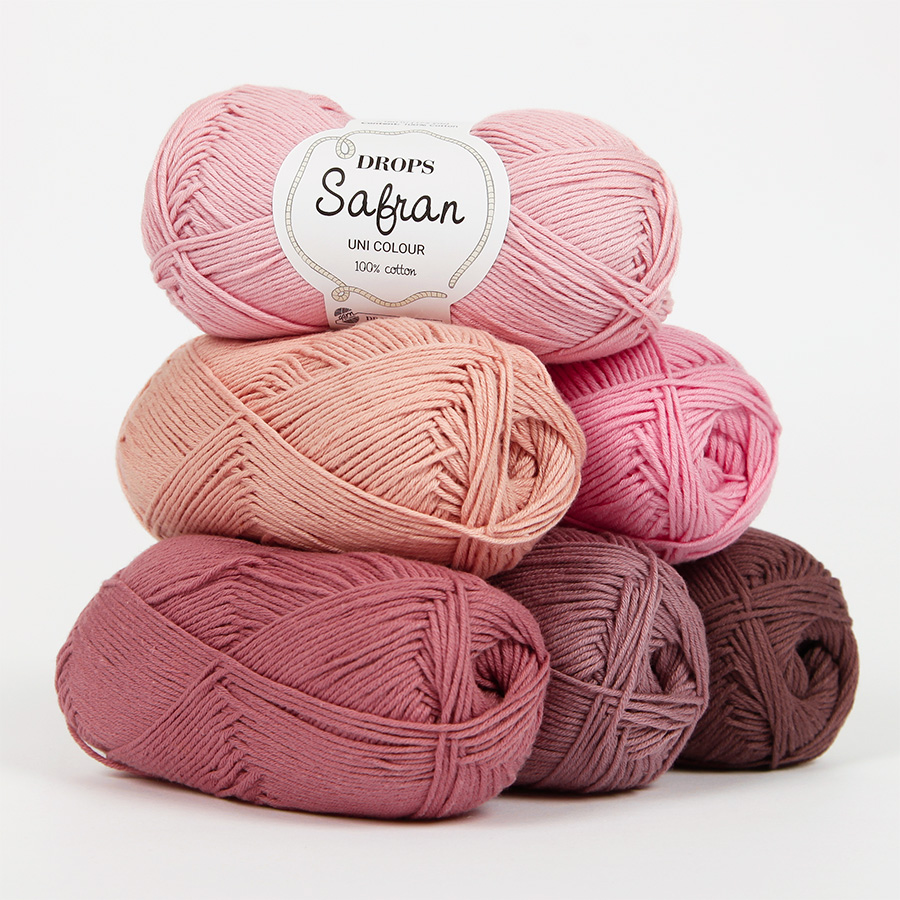
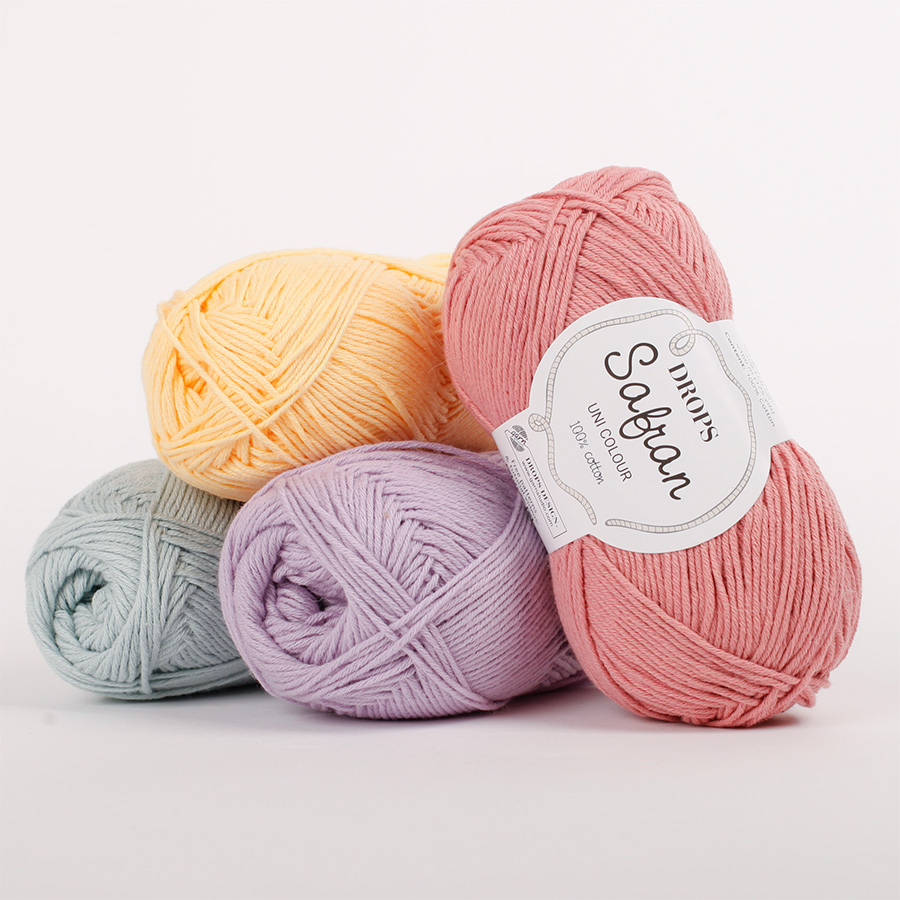
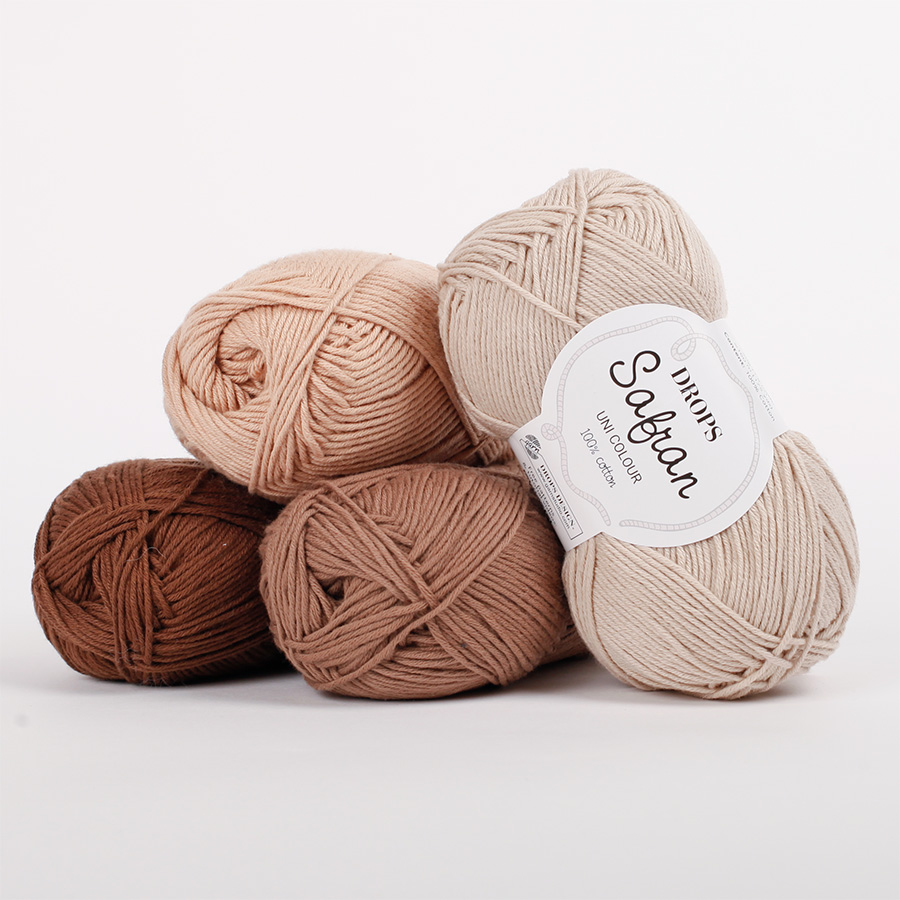
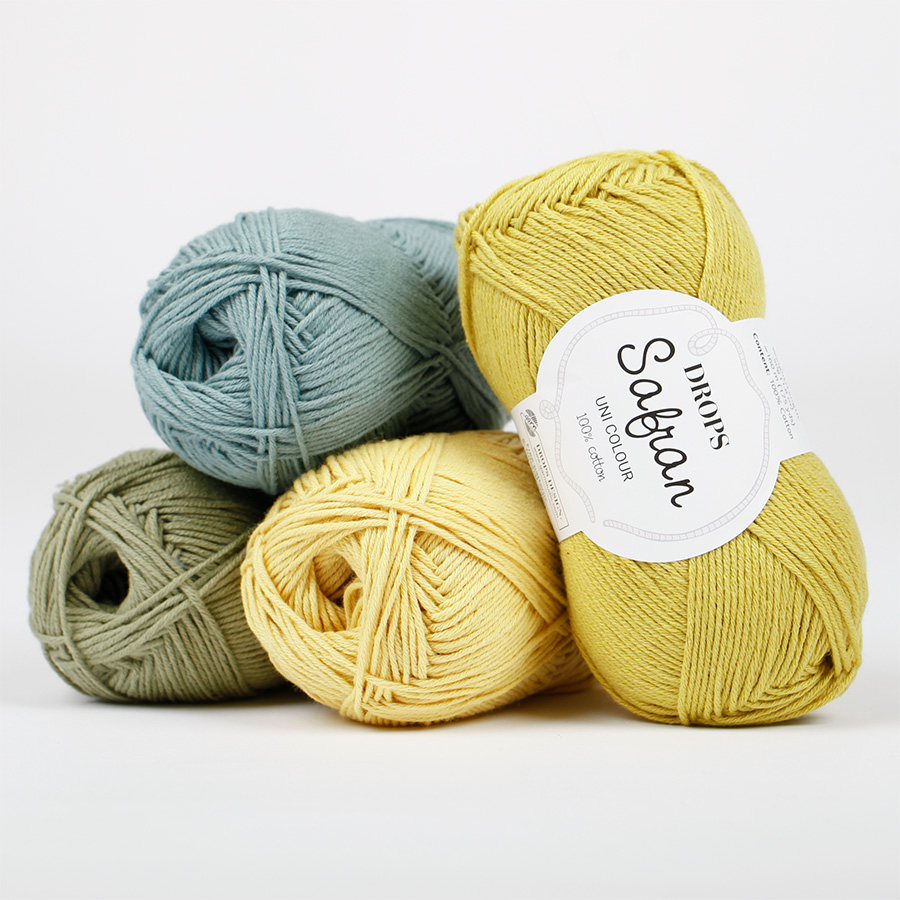
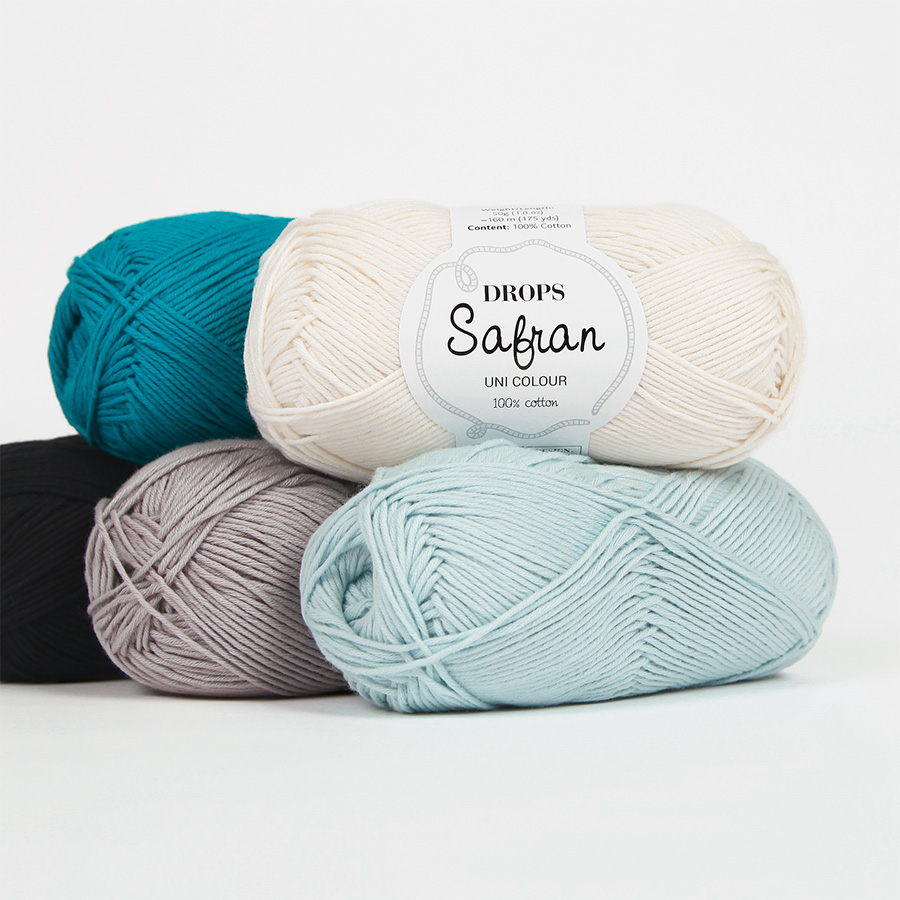










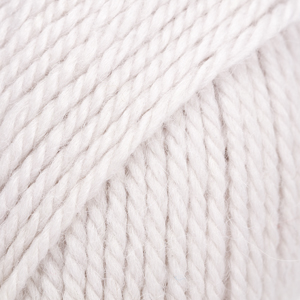










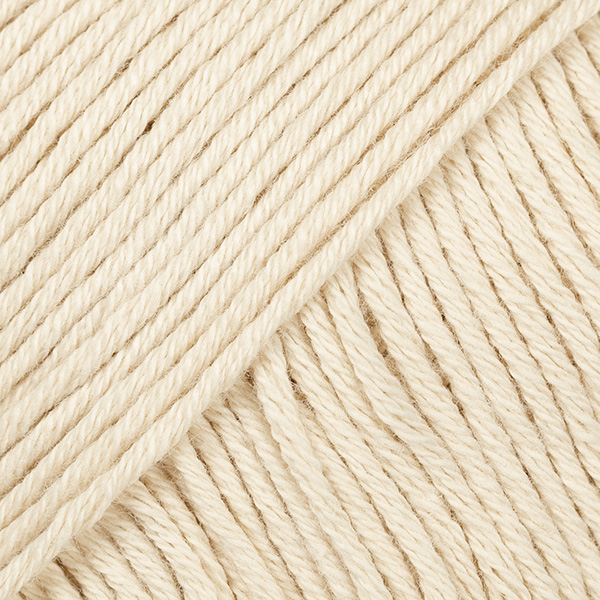


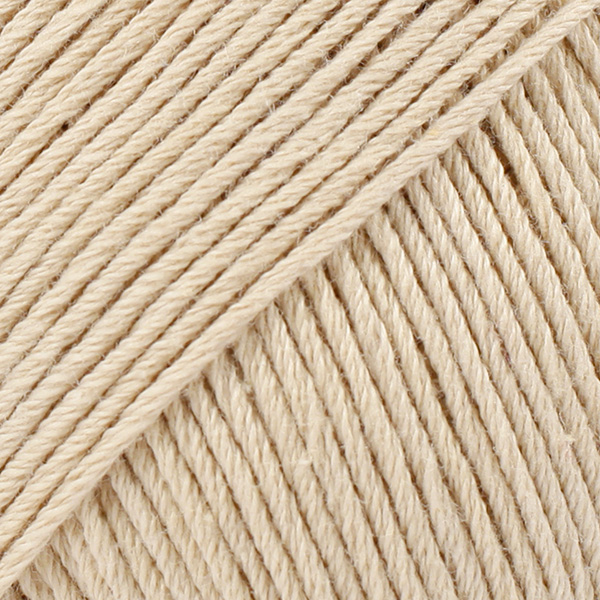
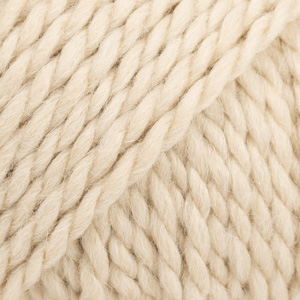













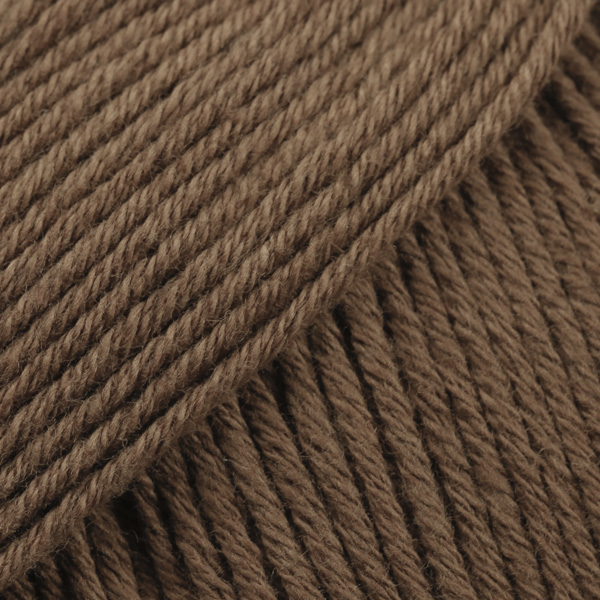




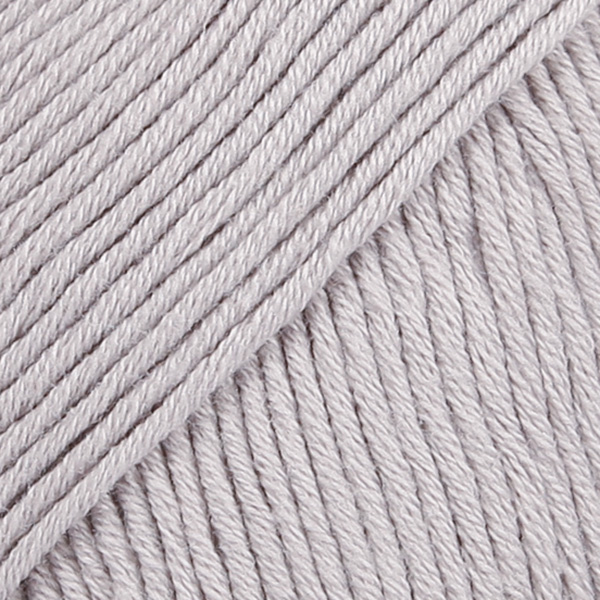







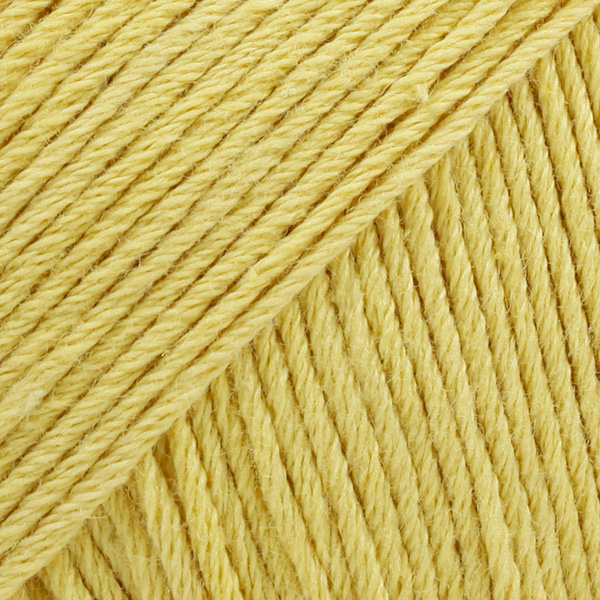

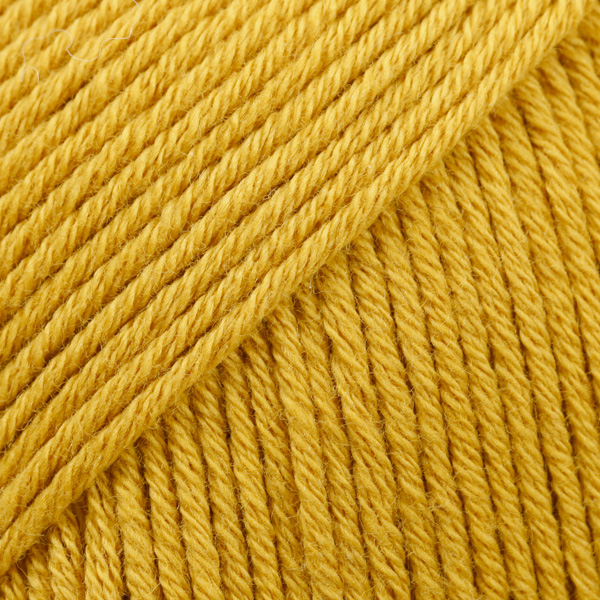



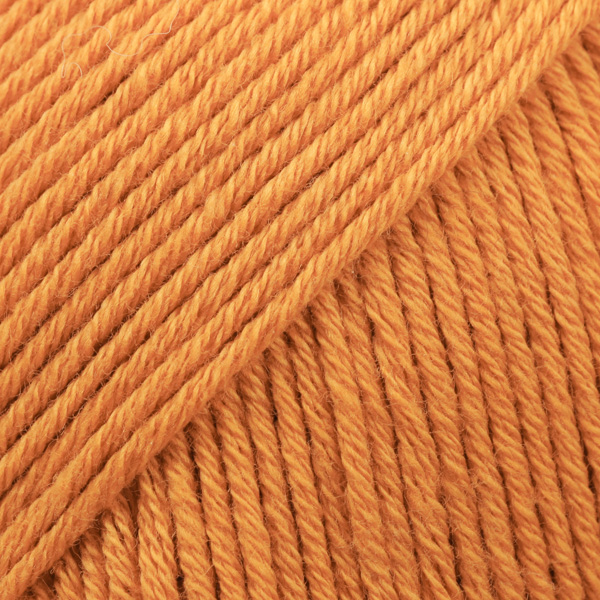







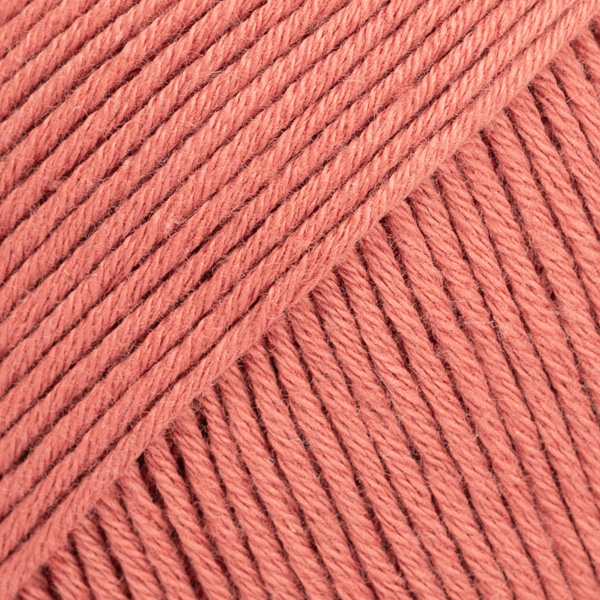
























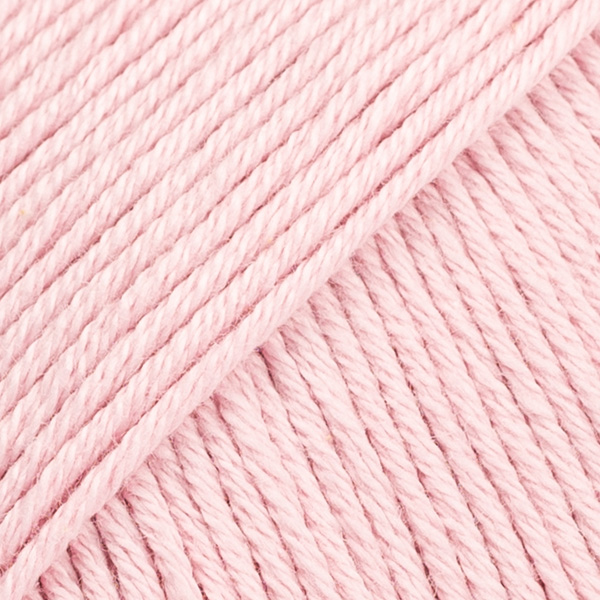

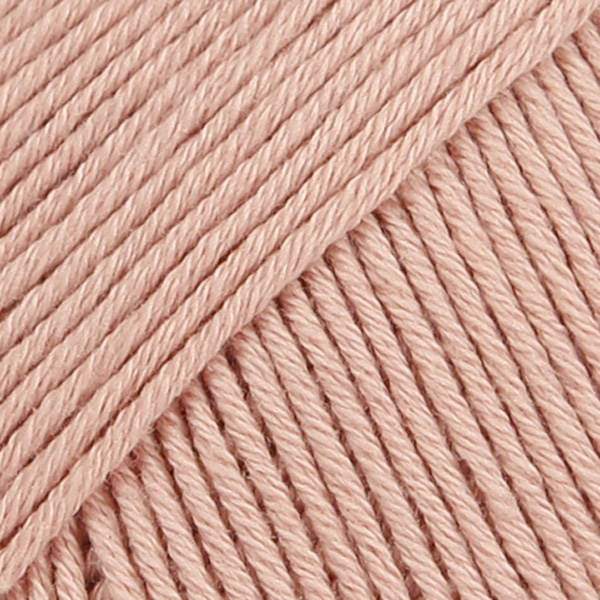



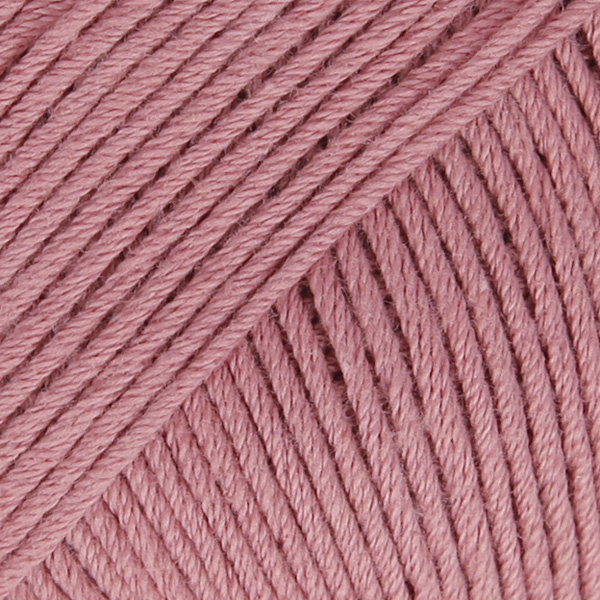
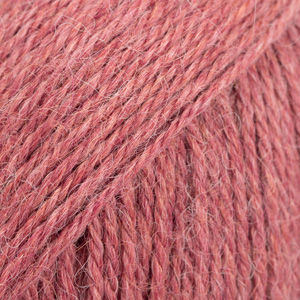



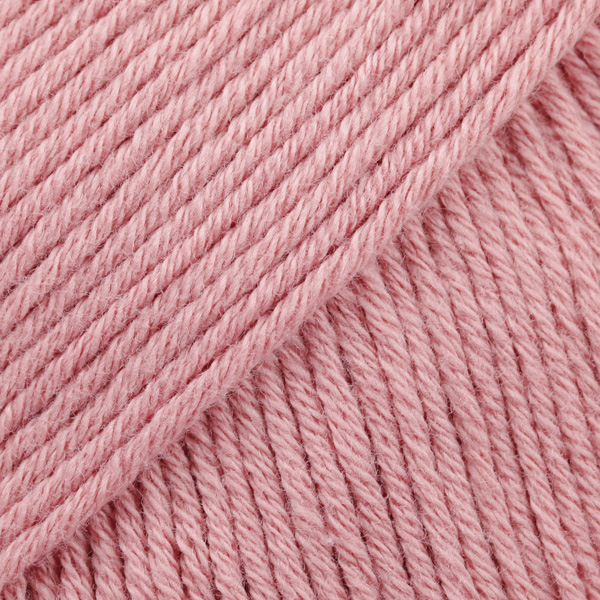


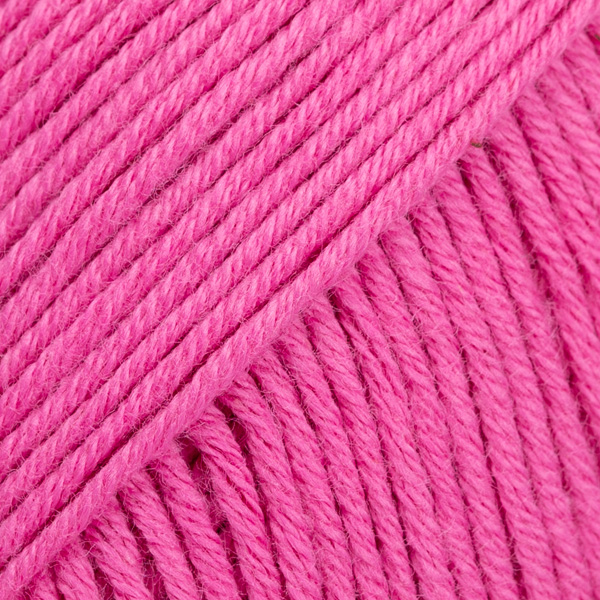






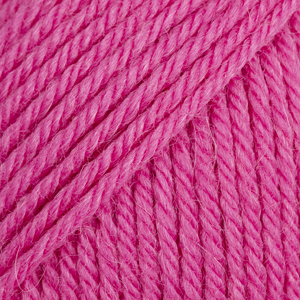






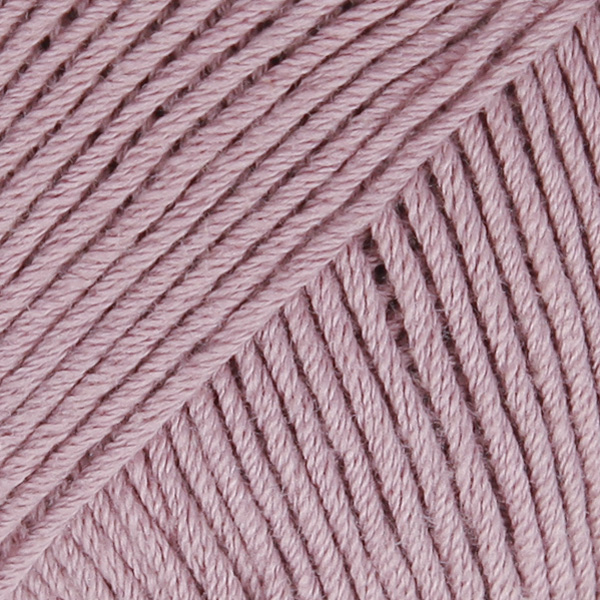


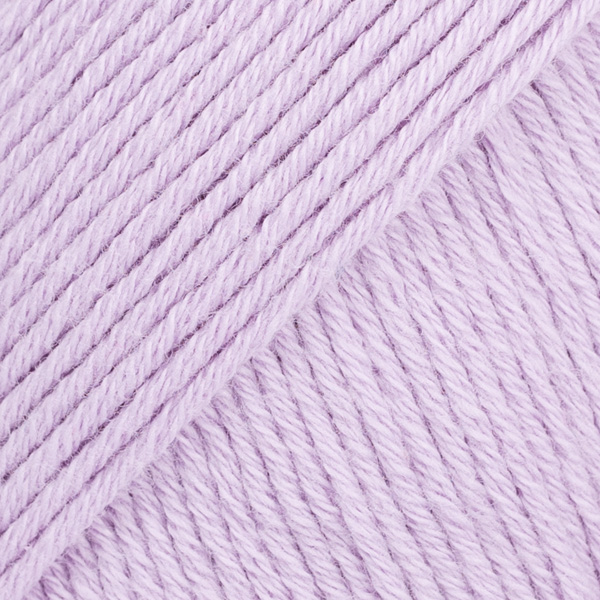








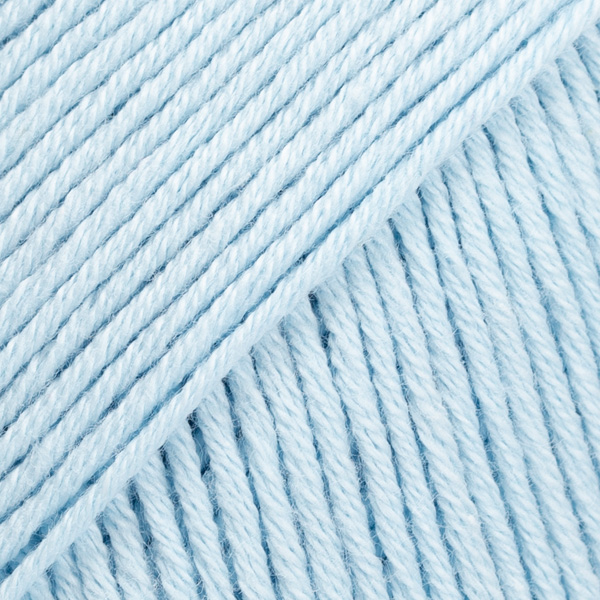




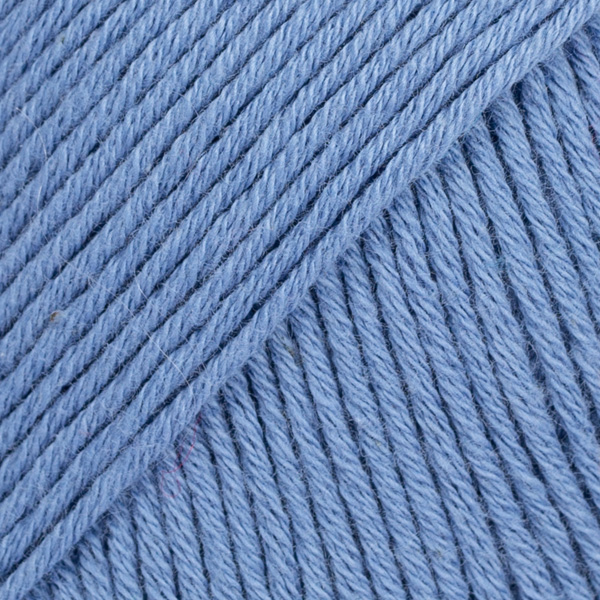

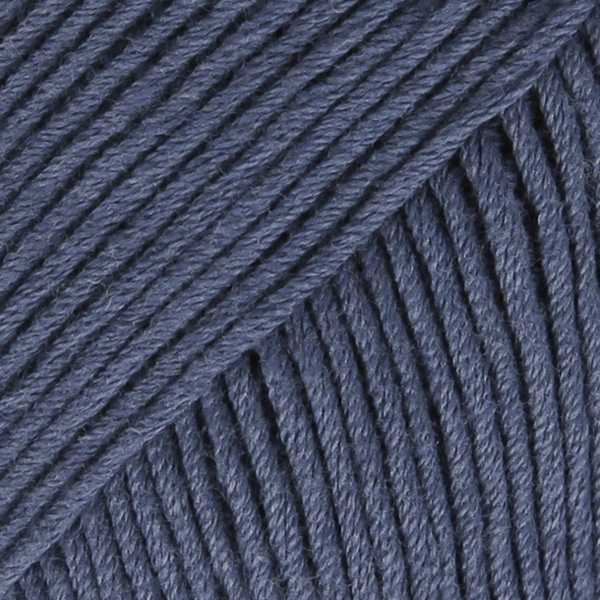












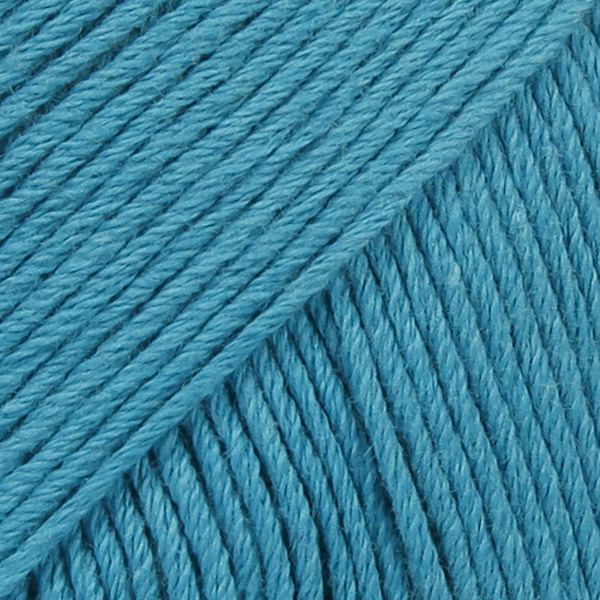







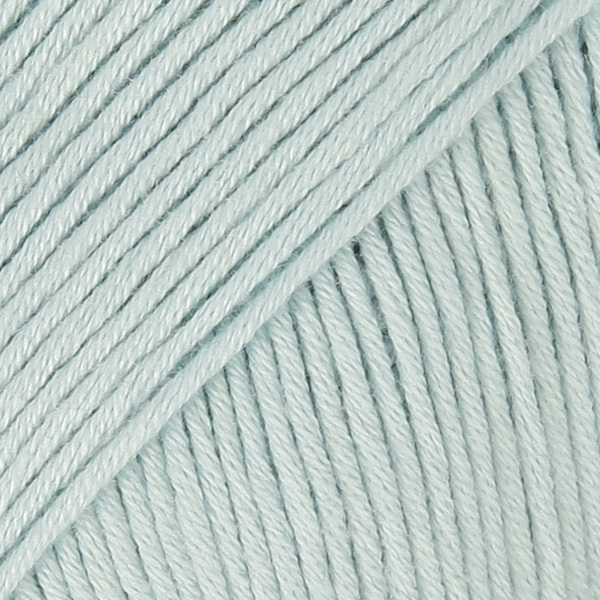

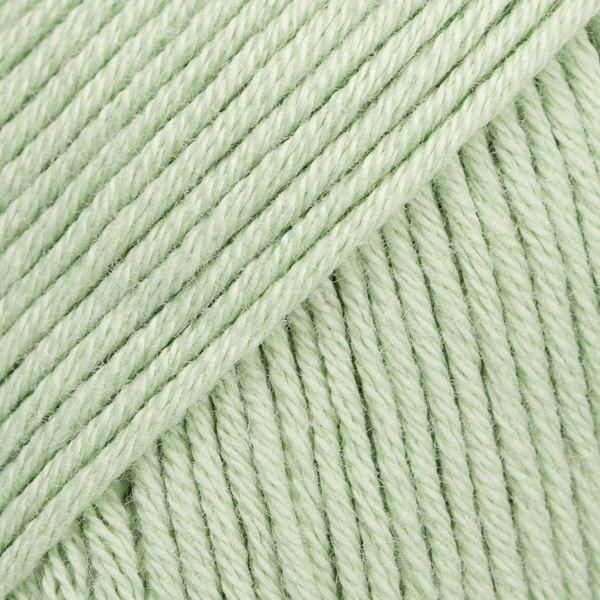




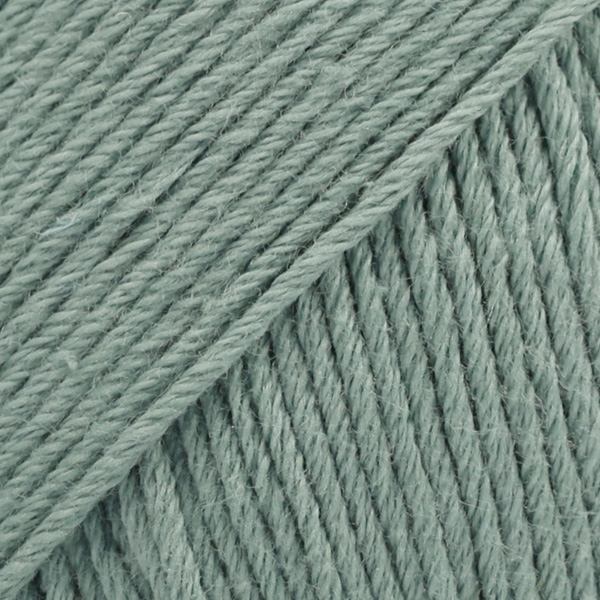



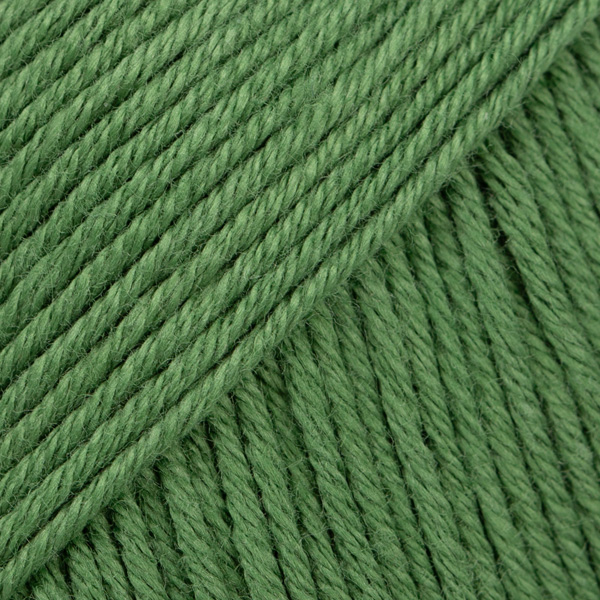




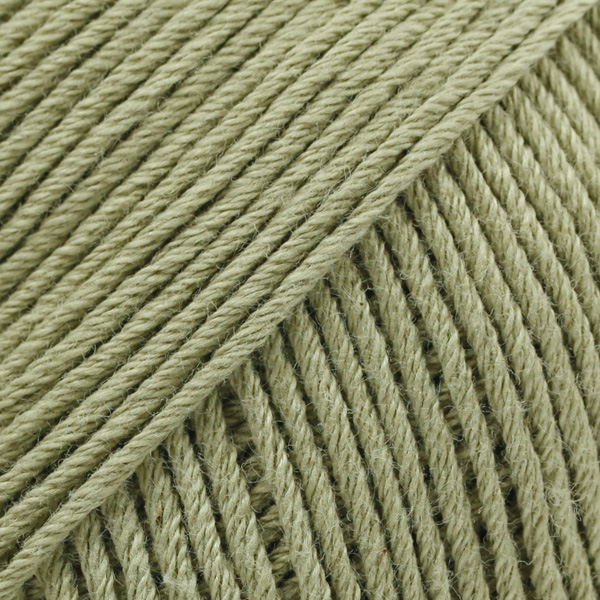

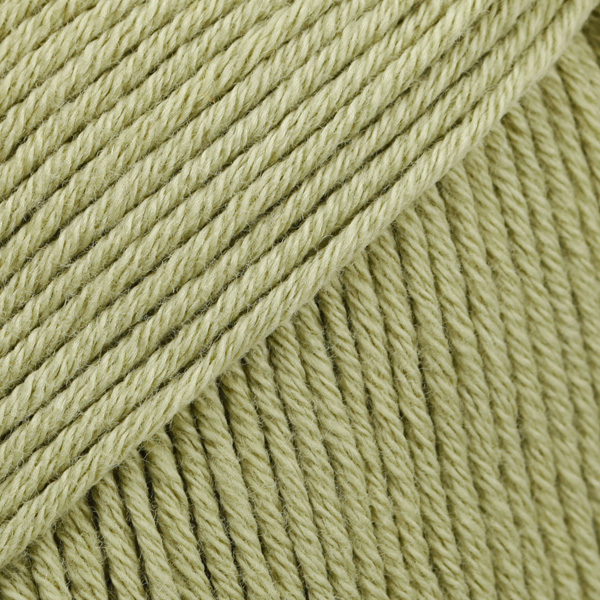








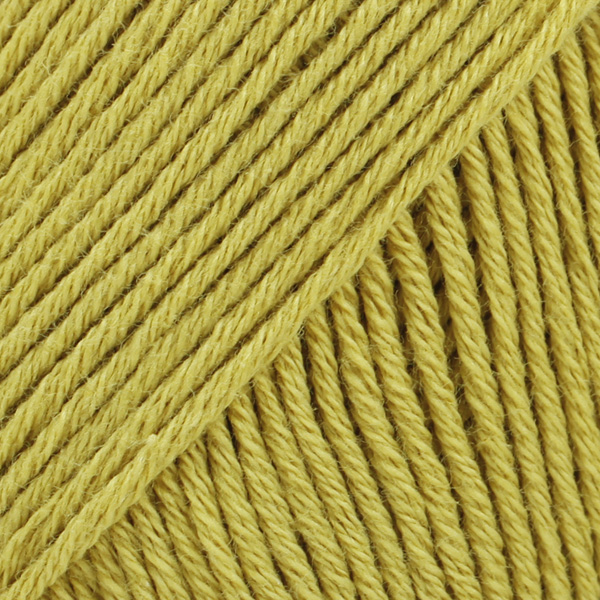















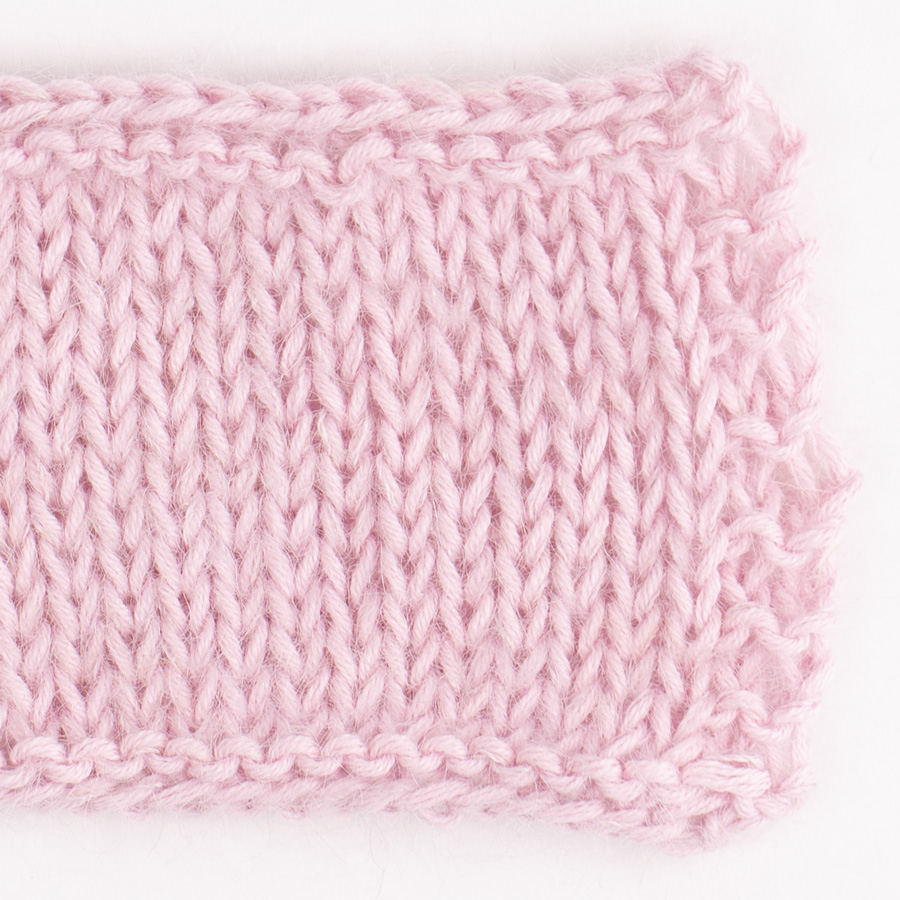
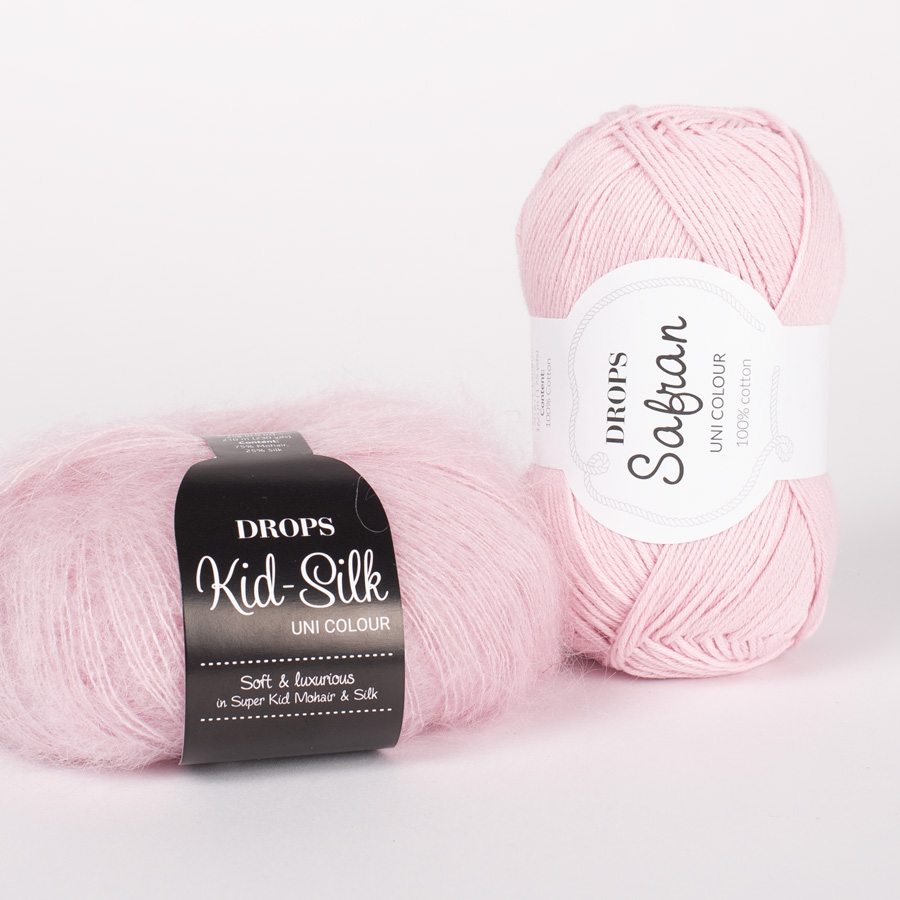
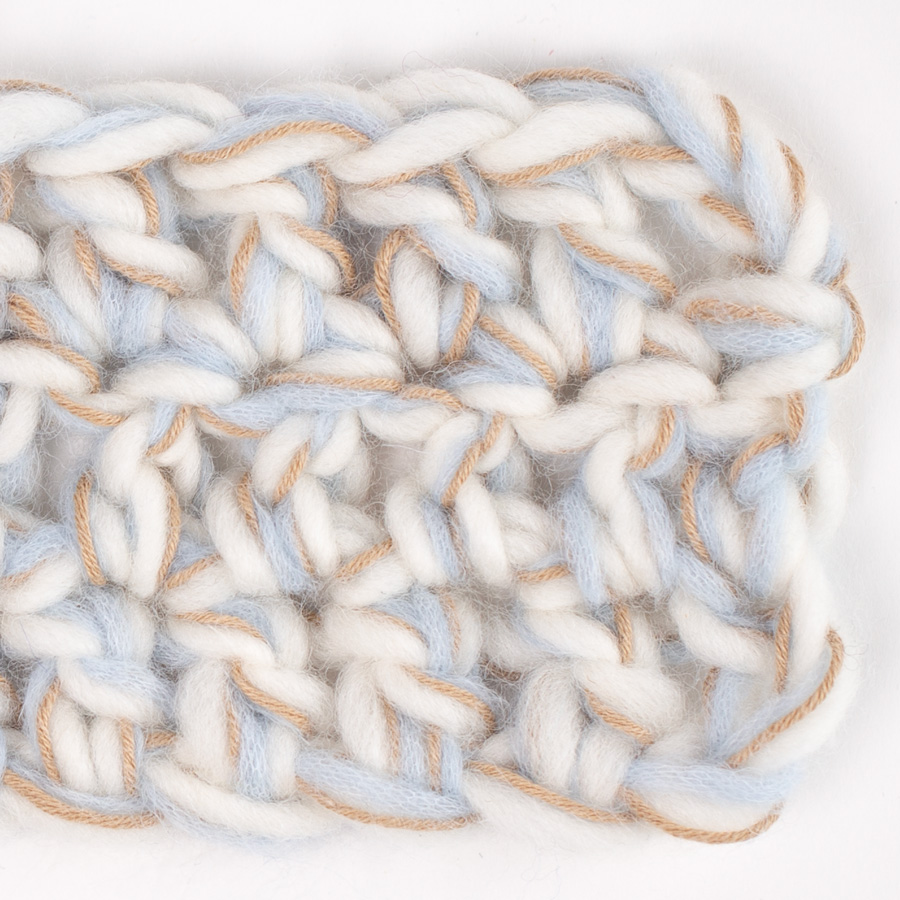
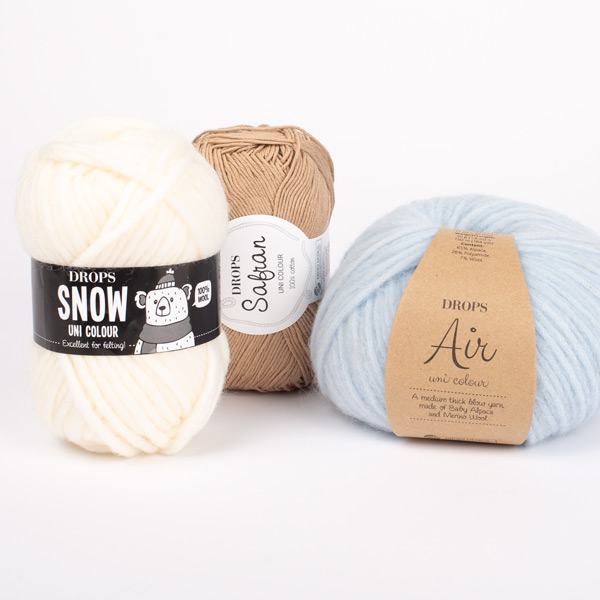
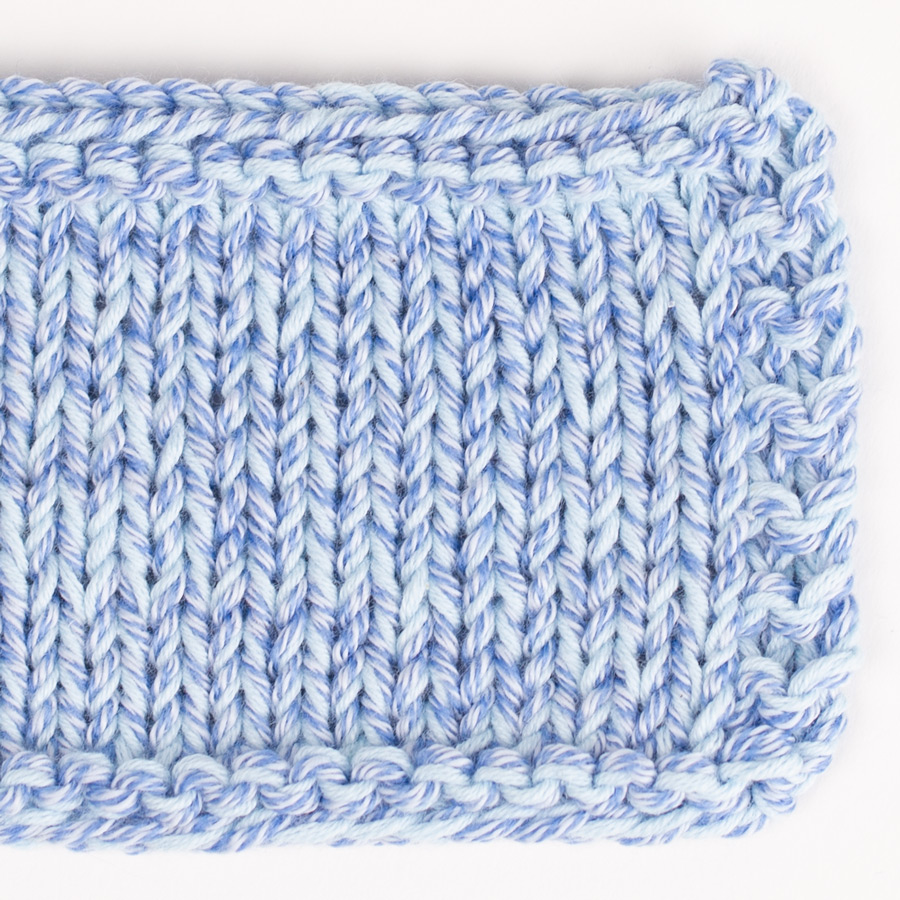
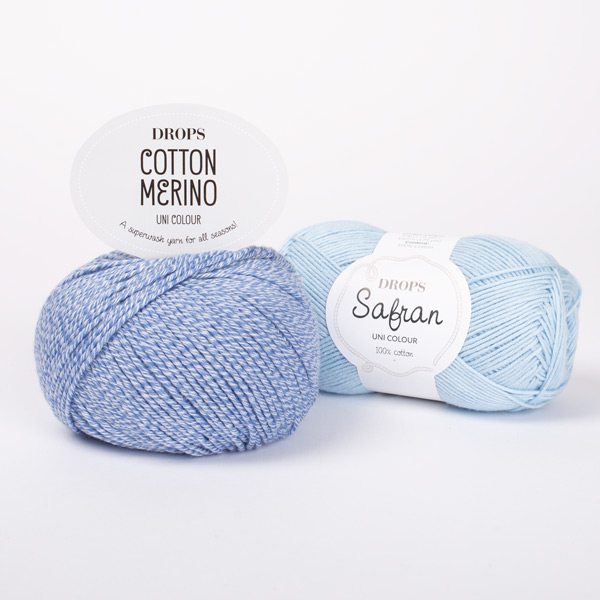
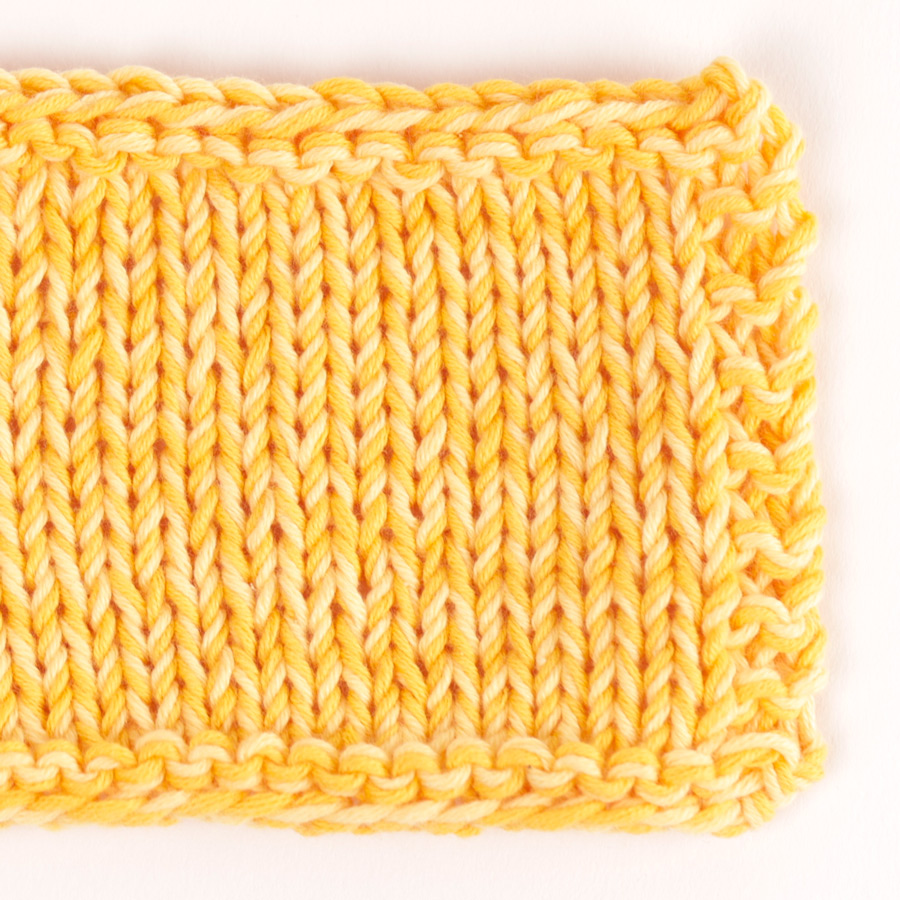
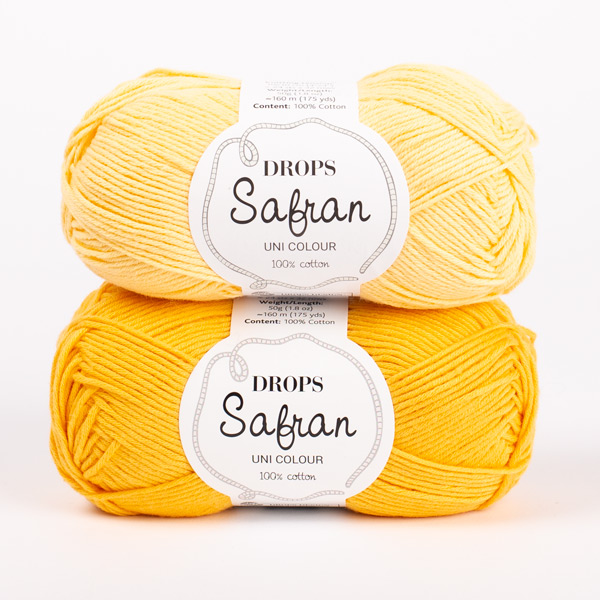

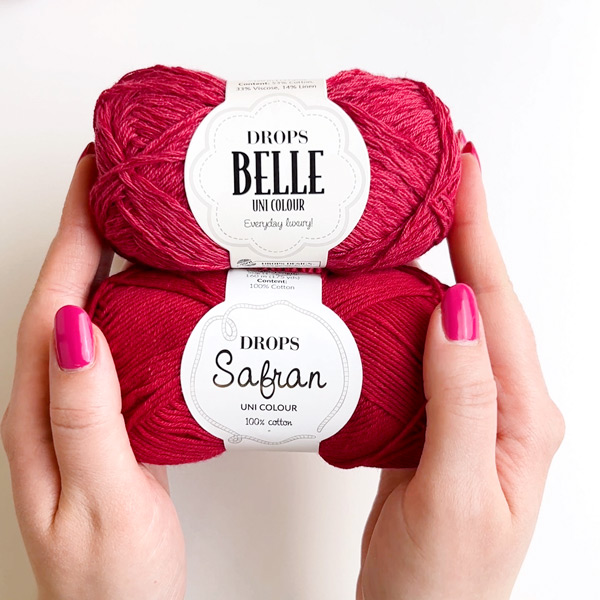
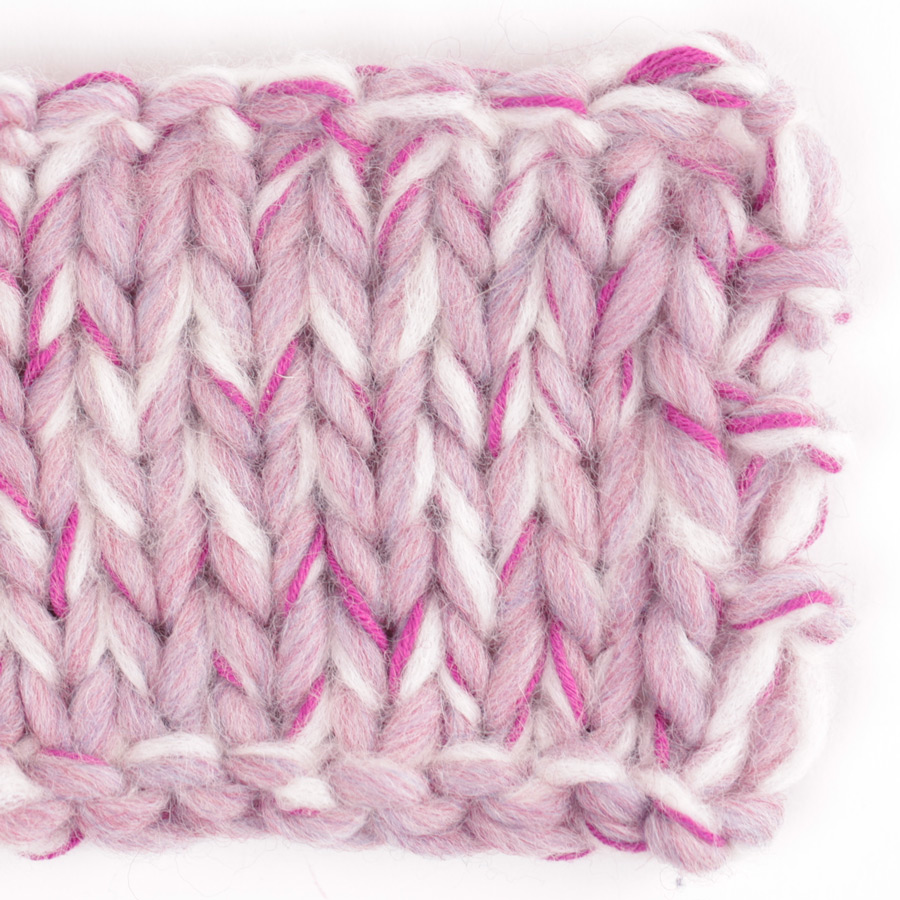
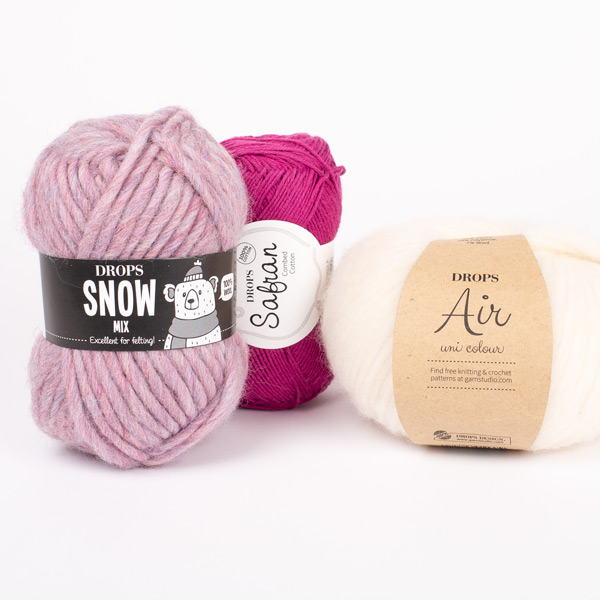


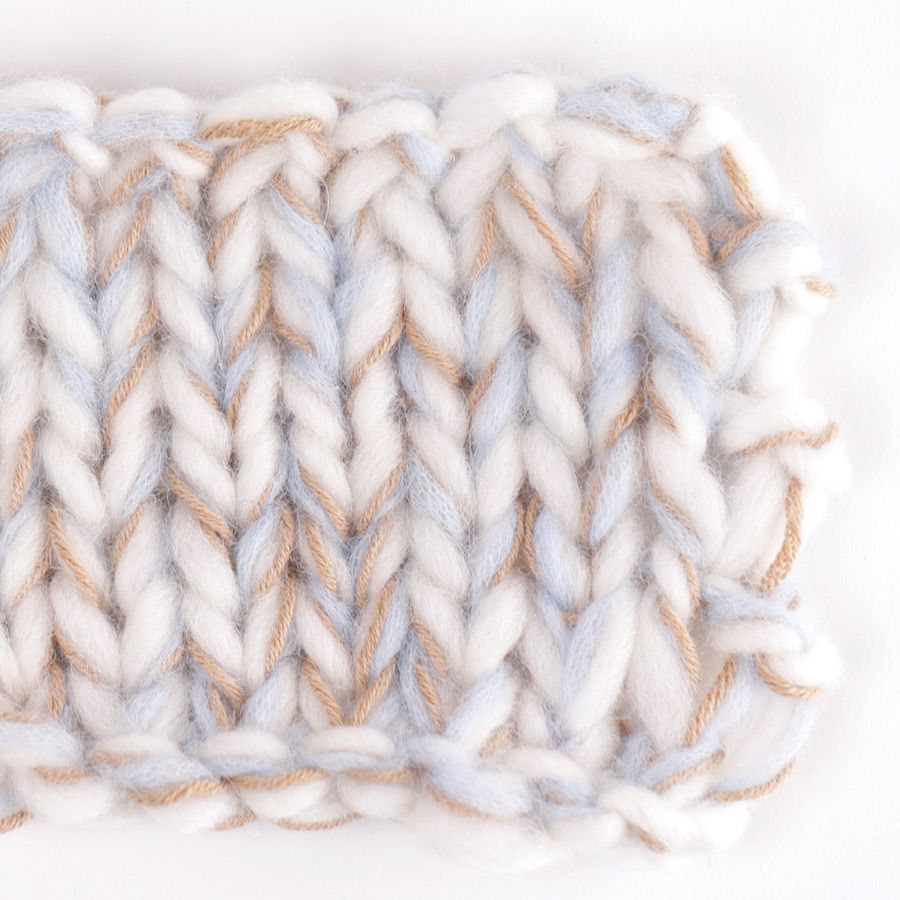
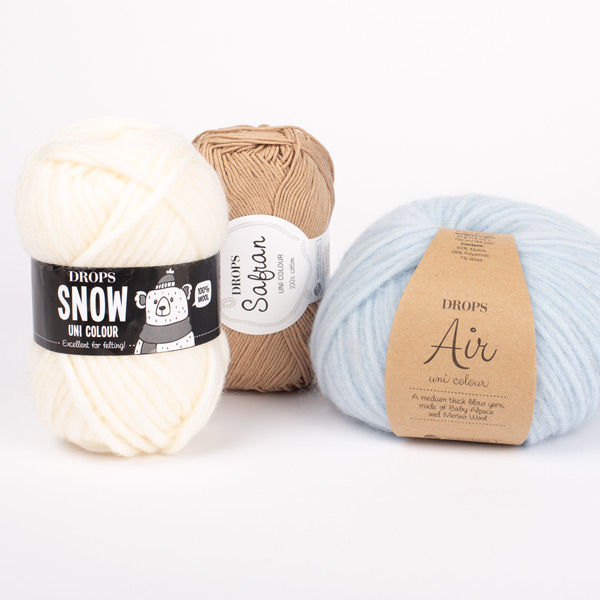
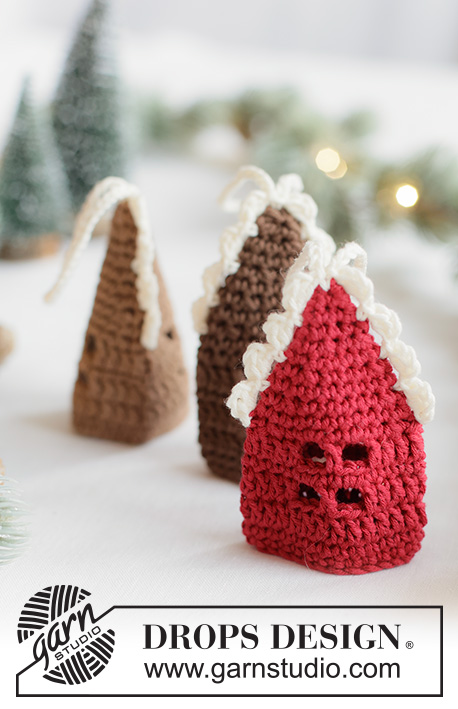







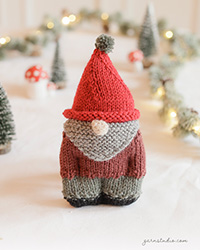

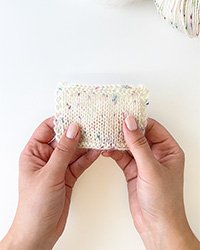

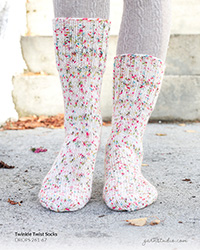
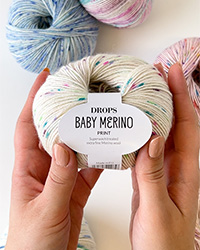
Liebes DROPS-Team, leider vermisse ich bei diesem Garn einen schönen Dunkelgrün-Ton, den man gut zu 31, lindgrün kombinieren kann. Ist sowas in Planung? Lg, Claudia
06.09.2014 - 12:34